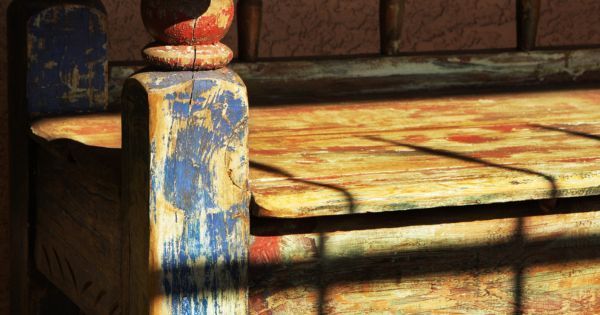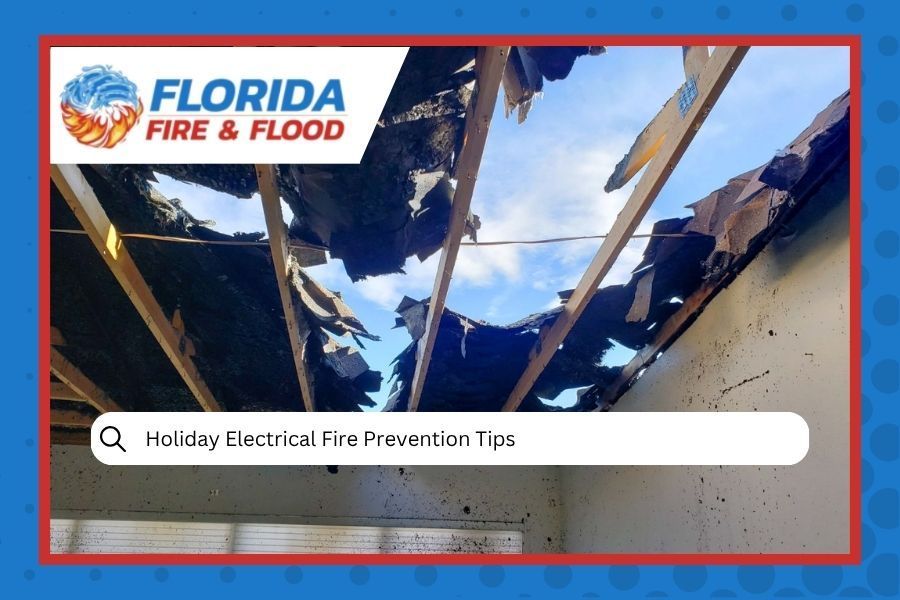AMRT - Applied Microbial Technician I, (Mold Remediation)
Whether it's your cherished bedroom set, sturdy wood furniture, or delicate particle board pieces, water damage can wreak havoc if left unchecked. In this blog post, we dive into the world of repairing water damaged furniture, offering insights and practical solutions to help you salvage your prized possessions. If you live in this part of the world, we have a recommendation for water damage restoration Central Florida. Keep reading!
Understanding Water Damage
Water damage is more than just a soggy inconvenience. It's a serious threat to the strength of your furniture. From water damaged bedroom furniture to waterlogged wood pieces, the effects can be horrible. Wood furniture can warp, swell, and even develop mold when exposed to water for prolonged periods. Particle board furniture is especially vulnerable, as it easily falls apart when soaked. Similarly, water damage under sink areas can escalate quickly and affect surrounding cabinetry or walls.
Identifying Water Damage
Water damage can be sneaky, often hiding beneath the surface until it's too late. Being able to spot the early signs of water damage is key to taking care of it on time. Here are some common signs to watch out for:
- Discoloration: Keep an eye out for any changes in the color of your furniture. Water stains may appear as dark spots or patches on the surface, indicating moisture seepage.
- Warping: Warped or distorted furniture is a clear sign of water damage. Wood tends to swell and deform when exposed to too much moisture, causing it to lose its original shape.
- Swelling: Swollen areas on furniture, especially along edges or joints, signal water soaking in. This swelling can weaken the strength of the furniture and lead to further damage if left untreated.
- Mold Growth: Mold develops in damp, humid environments, making water damaged furniture an ideal breeding ground. Keep an eye out for fuzzy patches or musty smells, as these are telltale signs of mold growth.
Types of Water Damage
Water damage comes in different forms, each with its own set of challenges. Surface damage may seem minor, but it can escalate quickly. Saturation occurs when furniture absorbs excess moisture, leading to weakness of the piece and potential mold growth. Mold causes health issues and requires thorough remediation to ensure complete elimination. Water damage cleanup costs can rise if mold causes further issues that require thorough remediation.
Tips for Repairing Water Damaged Furniture
When it comes to repairing water damaged furniture, rapid action is key. Here are some practical tips to help you tackle the task:
How to Repair Water Damaged Wood Furniture: Steps
- Dry Out the Area: Start by drying the furniture thoroughly by opening windows, leaving them on air, or using fans and dehumidifiers.
- Sand Down: Sand down any rough spots or raised areas caused by swelling.
- Use Wood Conditioner: Apply a wood conditioner to restore moisture and prevent further damage.
- Seal It: Finish with a protective sealant to enhance durability and resilience.
How to Restore Water Damaged Wood Furniture:
- Make Natural Wood Polish: Mix equal parts of vinegar and olive oil to create a natural wood polish.
- Rub the Mixture: Gently rub the mixture onto the damaged areas, buffing until the surface shines.
- Contact Professionals: For stubborn stains, mold growth, or serious issues like fixing water-damaged drywall, consult a professional for specialized treatment.
Repairing Water Damaged Swollen Wood Furniture
Swollen wood furniture requires delicate handling to get its former glory back. Here's how to tackle the task:
- Ventilate: Place the furniture in a dry, well-ventilated area to encourage drying.
- Dry: Allow the furniture to dry completely. Depending on the extent of the water damage and the type of wood, this may take several days to weeks.
- Press Down: Use clamps or heavy objects to gently press down on warped areas, gradually reshaping the wood.
- Inspect: Once dry, inspect the furniture for any remaining signs of damage or weakness. Pay close attention to joints, connections, and areas that were particularly swollen.
- Restore: Reinforce any weakened joints or connections to restore structural integrity. Apply wood glue to the affected areas and clamp them together securely. Allow the glue to dry completely before removing the clamps.
- Sand: Sand the repaired areas of the wood furniture to smooth out any rough edges or uneven surfaces. Start with coarse-grit sandpaper and gradually move to finer grits for a polished finish.
- Use Wood Finish: Apply a suitable wood finish or sealant to protect the wood and enhance its appearance.
How to Repair Water Damaged Particle Board Furniture
Particle board furniture requires a different approach due to its composition. Follow these steps to repair water damaged particle board furniture:
- Assess the Damage: Start by assessing the extent of the water damage. Identify areas of swelling, warping, or delamination in the particle board.
- Remove Waterlogged Sections: Carefully remove any waterlogged sections or damaged veneer from the particle board furniture using a utility knife or sandpaper.
- Apply Wood Glue: Apply wood glue to the exposed edges and joints of the particle board, and make sure it covers everything. Press the glued areas firmly together to create a strong bond.
- Allow Glue to Dry: Allow the wood glue to dry completely according to the manufacturer's instructions. This typically takes several hours or overnight, depending on the type of glue used.
- Sand: Once the wood glue is dry, use fine-grit sandpaper to sand the repaired areas of the particle board furniture. Sand in gentle, circular motions to smooth out any rough edges or uneven surfaces.
- Refinish: After sanding, apply a primer to the repaired areas to prepare the surface for refinishing. Once the primer is dry, apply a coat of paint or wood stain to match the existing finish of the particle board furniture. Allow the paint or stain to dry completely before applying additional coats if necessary.
Preventing Future Water Damage
Prevention is always preferable, so take proactive steps to safeguard your furniture, including:
- Use Waterproof Sealants: Applying waterproof sealants to vulnerable surfaces.
- Keep Humidity Levels: Maintaining optimal indoor humidity levels to prevent excess moisture buildup.
- Fix Plumbing Leaks: Tackling plumbing leaks and other sources of water seepage quickly to minimize damage.
When to Seek Professional Restoration Services
In cases of serious water damage, seeking professional help is your best bet. Trained experts can assess the situation accurately and use effective restoration techniques to salvage your valuable furniture. Don't hesitate to search for professional water damage restoration services, especially when dealing with precious or irreplaceable pieces.
Read About - Factors Influencing Water Damage Cleanup
Contact Florida Fire & Flood for Professional Restoration
For detailed water damage restoration services in Central Florida, trust the experts at
Florida Fire & Flood. Our experienced team is here to help you recover from water damage and restore your belongings.
Contact us now for fast and reliable assistance.







